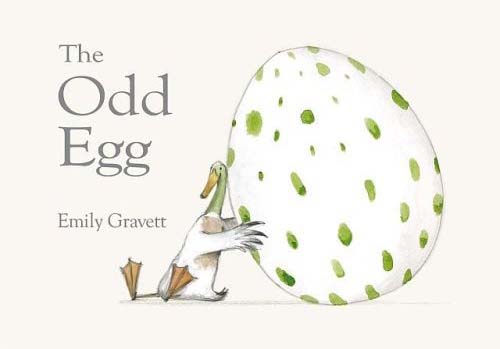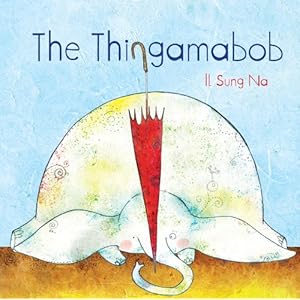The Whipping Boy. by Sid Fleischman.
illustrated by Peter Sis. 1987. 90p. New York: Greenwillow Books. Newbery
Medal, 1987.
Fleischman channels
The Prince and the Pauper in his 1987 Newbery winning novel, The Whipping Boy. Orphaned son of a
commoner, Jemmy lives in the royal castle where he serves as a whipping boy for
the spoiled and mischievous young heir, Prince Brat. When Prince Brat decides
that he is bored with life at the royal court, he runs away dragging Jemmy along
with him. Together the pair are begrudgingly forced to join together to outwit
and outrun a pair of bandits who seek to collect a ransom on the Prince. A
colorful cast of characters also includes a blind potato seller, a young girl
named Betsy and a dancing bear.
Fleischman combines adventure, humor and suspense in this
quick-paced story for children. The
Whipping Boy is likely best for younger children, as more mature readers
may find the story overly simplistic. The dialogue is clunky at points, most
characters are one-dimensional and Fleischman is heavy-handed with the moral
themes. The convenient ending works, but older readers may reject it as
simplistic and naïve.




























